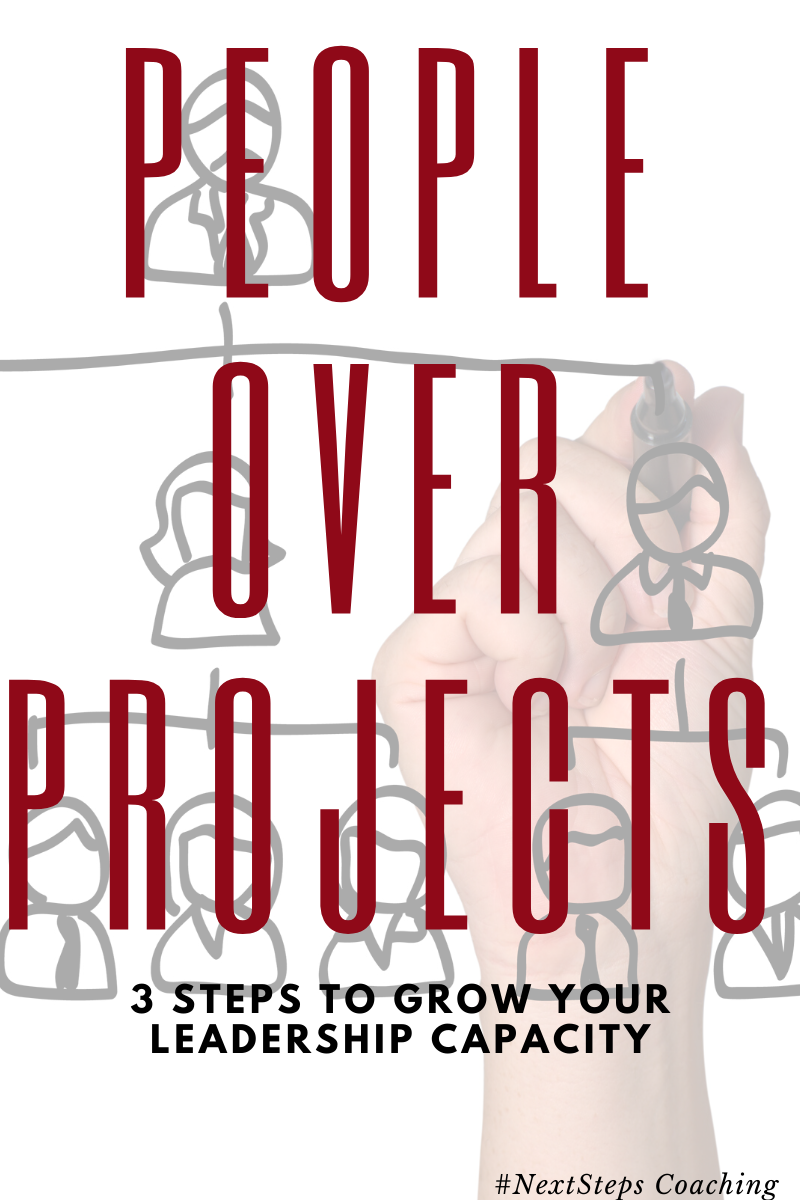
The one thing any business owner, entrepreneur, or leader never wants to happen is a failure to communicate clearly.
Why?
As Mark Miller points out in his book Win Every Day, “Communication is the oxygen of execution.”
A Failure To Communicate
In his book, Miller highlights the difference between what is expected of everyone in an organization, and what is expected of leaders.
Everyone in an organization must be concerned with “Helping Others Win.” Leaders have the added burden to “Communicate Tirelessly.”
When it comes to communicating mission, vision, and values, the experience of my own coaching clients bears this out.
One of the points I make repeatedly is the need to over-communicate these key aspects of the business.
Here is the rule we start from: Once you’ve talked about your vision a hundred times, the average employee has heard and understood it less than ten.
Shocking, right?
But it’s true.
One of the great failures of business owners and leaders happens when they think everyone else ‘just gets it.’
They don’t.
As a business owner, you may be passionate and inspired by your vision. Compelled by the mission, you get out of bed every day ready to change the world.
Your average employee doesn’t.
To bring them into the mission and vision you created, it must be shared.
Constantly.
Relentlessly.
Effectively.
4 Levels of communication
1.) A Failure to Communicate
The first way we communicate is not at all. Like the famous line from the movie Cool Hand Luke, “What we have here is a failure to communicate!”
A number of years ago, I shared a meme that reminds me of this. The caption I posted was, “This signifies my day so much”
The meme was of a couple, sitting on opposite ends of the couch. The woman, in her diary, was writing about her the distance her husband had been displaying that day. She had made his favorite meal, and there was not so much as a “Thanks.” involved.
She wanted to go out that night and get dressed up. He seemed disinterested.
She tried to snuggle him and watch tv, he was cold and stand-offish.
The diary continued, wanting to know what the problem was. Was he seeing another woman? Maybe their relationship was in trouble? Did he not love her anymore.”
Then we see his diary. Motorcycle won’t start. Can’t figure out why.
This lack of communication led to marriage trouble that didn’t have to exist, at least as far as the meme was concerned.
I shared it that day because it resonated. If I remember correctly, I had a lot of apologizing to do after that.
2.) Poor Communication
Since we’re on the subject of things I’ve learned the hard way, here’s another one.
A couple of years into our marriage, in the midst of a ‘heated discussion’ my wife finally snapped. “I wish you wouldn’t call me “dear.” You only say that when you’re angry with me.”
Lesson learned
Sometimes we communicate. We just do it poorly. The wording is wrong. The metaphor doesn’t work. The imagery fails. It happens when I speak (more than I’d like to admit) and it happens when we share the vision with others.
Business owners just as frequently communicate poorly.
Every time a business owner shares company values but doesn’t practice them, there is poor communication.
When a business leader excuses poor language, crude humor, or angry outbursts as “their personality”, poor communication is experienced.
3.) Base Communication
Assuming you as a leader don’t want to fail to communicate or communicate poorly, what are the other options?
The first is base-communication. But let’s be clear upfront, this is still not considered good communication.
It’s the bare minimum required to get any given task accomplished.
Base level communication is, “John I need you to send me that report.” Why? “Because I said so.”
The job gets done. You will get the report emailed to you, but it’s hardly exhilarating leadership.
Base-communication cares about one thing: results. But, as great leaders know and practice, we care about more than results.
First, we care about people over projects.
Second, we make intentional investments into new leaders.
So where does that leave us as leaders wanting to do more, be more, and have more?
4.) Over-Communication
Over-communicating is people inspiring, mission clarifying, and value-enhancing. Over-communicating looks at more than the task or the goal, it examines the heart of the person we are speaking with.
The best leaders we know practice the art of over-communicating. They speak clearly, concisely, and contextually. Great leaders know how to get at both the heart of the matter and the heart of the person quickly. Excellent communicators know what it means to elevate others and embrace the mission.
Over-communication requires commitment, bravery, and an extreme commitment to service.
The Case to Over-Communicate
To win the hearts of those around, the only way forward is to over-communicate. But note that over-communication is not micro-managing. It does not over. It does not belittle. And it does not de-value.
Over-communication accentuates the positive. It brings out the best in others. Over communication sparks light and life in those that are listening.
Over-communication holds unwaiverlingly to the idea that everyone can witn.
When we over-communicate with our spouse, employees, team-members, and friends we bring value and honor to their personhood.
And as we’ve already seen:
Communication is the oxygen of execution.







